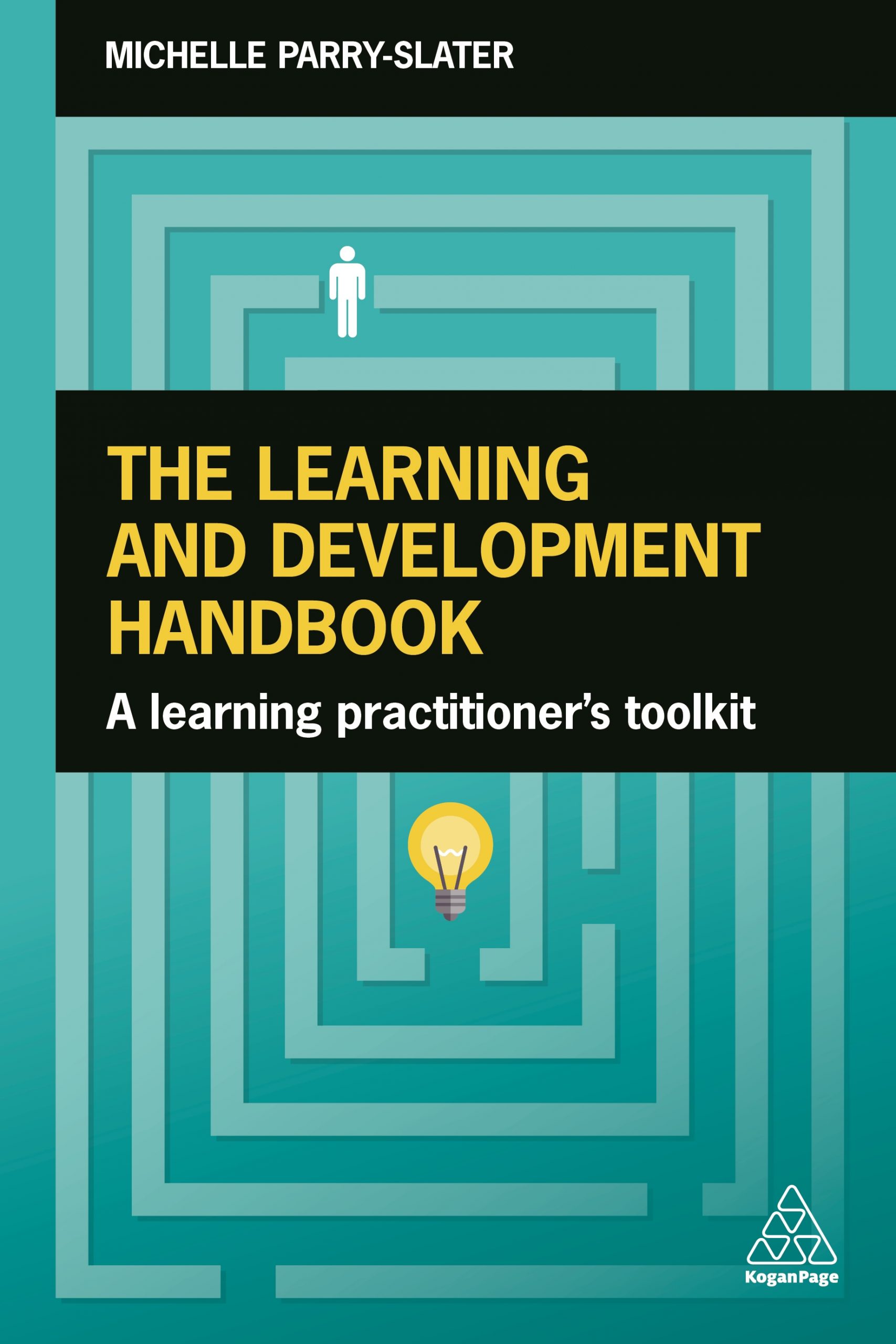Learning and development suffers from an enduring difficulty: many lasting truths concerning the theory and practice of helping people develop in the workplace can all too quickly appear stale, outdated, and overfamiliar. Conversely, the requirement to adopt or adapt the latest digital provisions for the modern learner can often lack the necessary rigour or robust research.
This is an unusual book in many ways. It sets out to offer the busy L&D practitioner a quick read, despite its 300 pages. It aims to provide a range of modern tips and hints in an accessible format. And it seeks to present a variety of practical solutions to common learning issues. In many ways, Michelle Parry-Slater has achieved her noble aims. She is personally very evident on every page, revealing in a disarmingly honest manner her views, opinions, and personality. Her style and approach are refreshingly clear and honest. It is obvious how much of her writing has been taken straight from her blogs and her personal history.
It is difficult to know to whom the book is addressed. A new L&D practitioner who is looking for a specific answer to a particular practical problem could find it difficult to know where to look. A CIPD student might become frustrated by the problem of linking it directly to the new professional standards. An experienced senior L&D professional may be seeking greater depth from the theory- into-practice applications. It is easy to become distracted or side-tracked. It is clearly not intended to be read either like a novel or a textbook. Maybe the index needs expansion, or the volume requires a more coherent framework. And overall, the book lacks sufficient visualisations to attract the eye.
The hand of the editor is apparent in the book’s structure: there are 3 parts- Practical L&D Tips; Frameworks; Strategies. Within these parts, there are a number of chapters, each of which contains 8 sections. However, most of these sections are to be found at the end of each chapter. For example, there are many very useful prompts for reflection and application. Perhaps the book would have benefitted from these elements being applied throughout each chapter.
Nevertheless, there is much here to commend. The author is clearly highly experienced and uses her knowledge and expertise to good effect. She draws upon her practical involvement in a wide range of L&D settings. She employs an array of case studies, examples, and illustrations to effectively demonstrate how her ideas have worked successfully in practice. It is indeed refreshing to read about real life situations rather than just hypothetical approaches.
In summary, this is a comprehensive overview of the current L&D scene, and any HRD would do well to include it in their library and make it available as a reference source for L&D practitioners.
David Simmonds, Chairman – HCM METRICS







